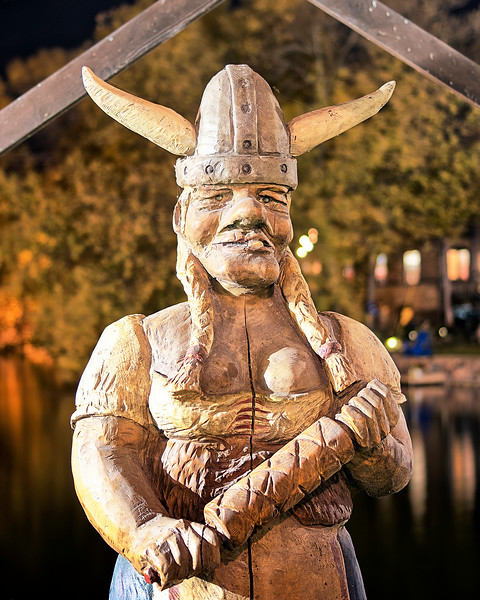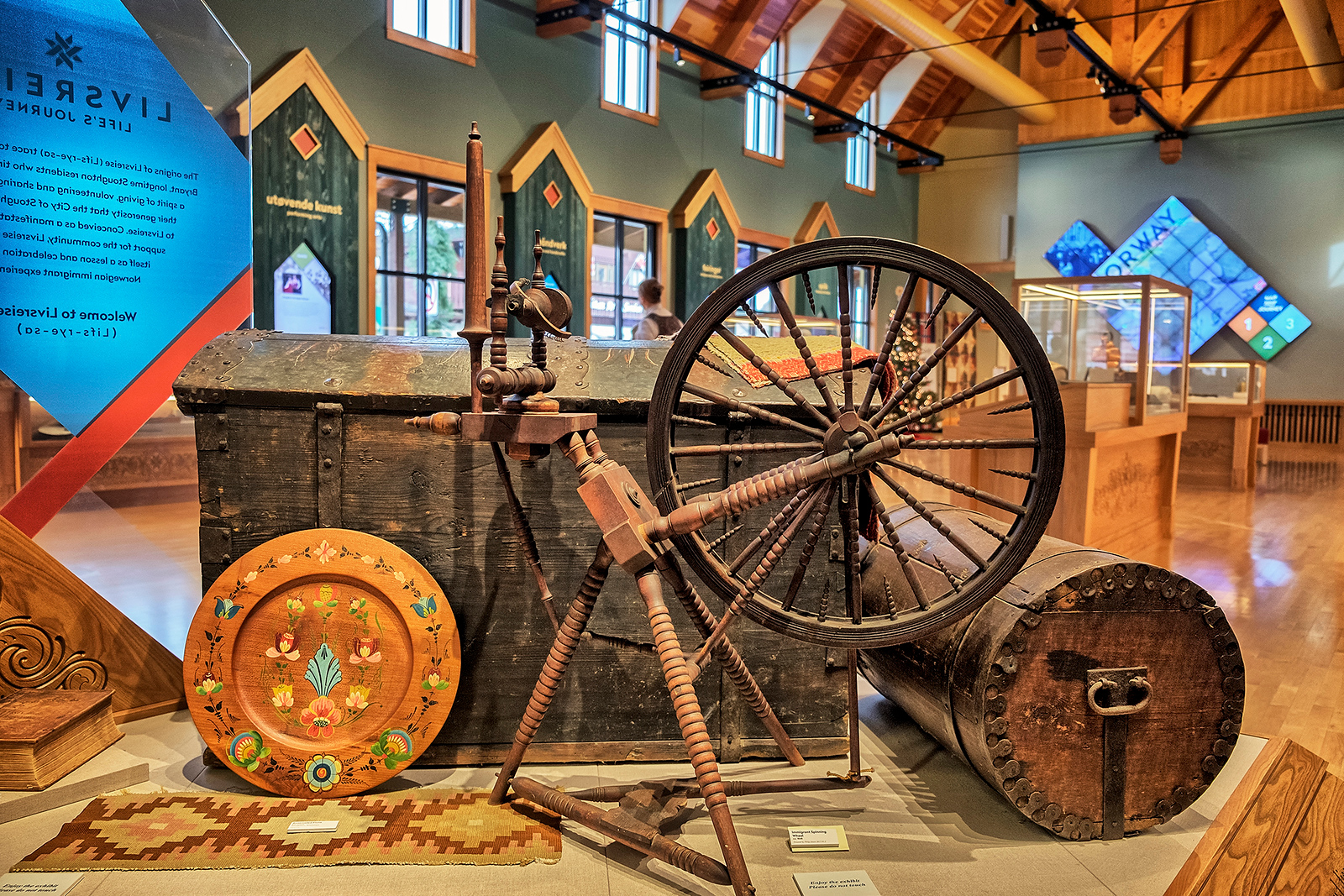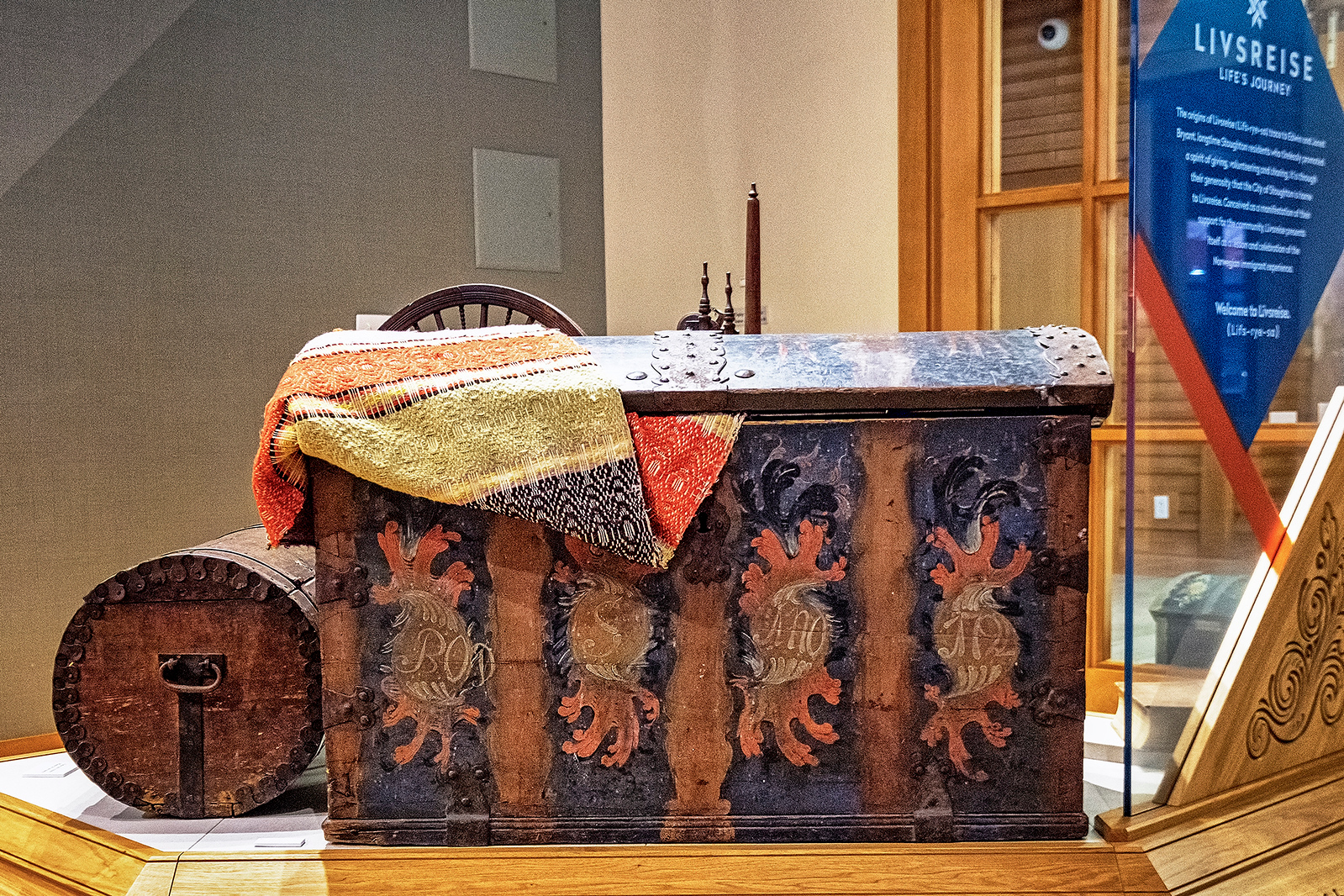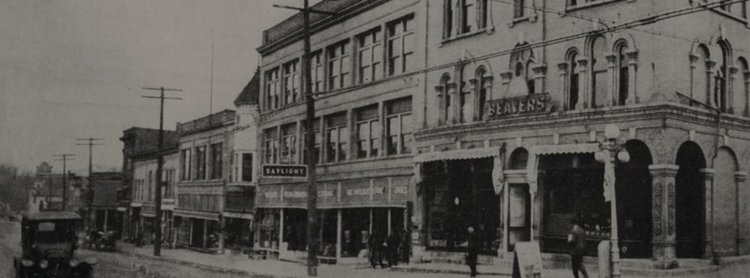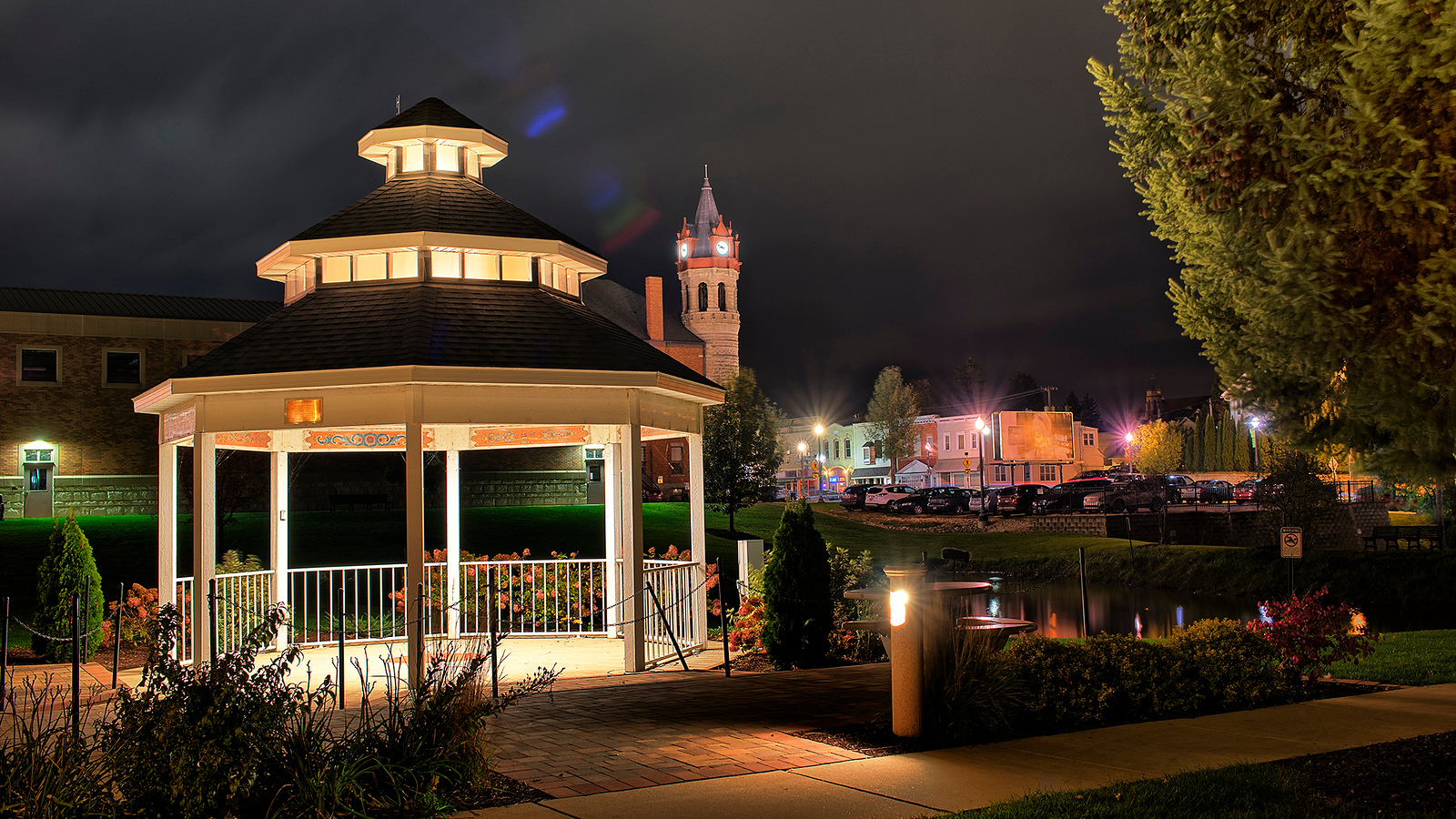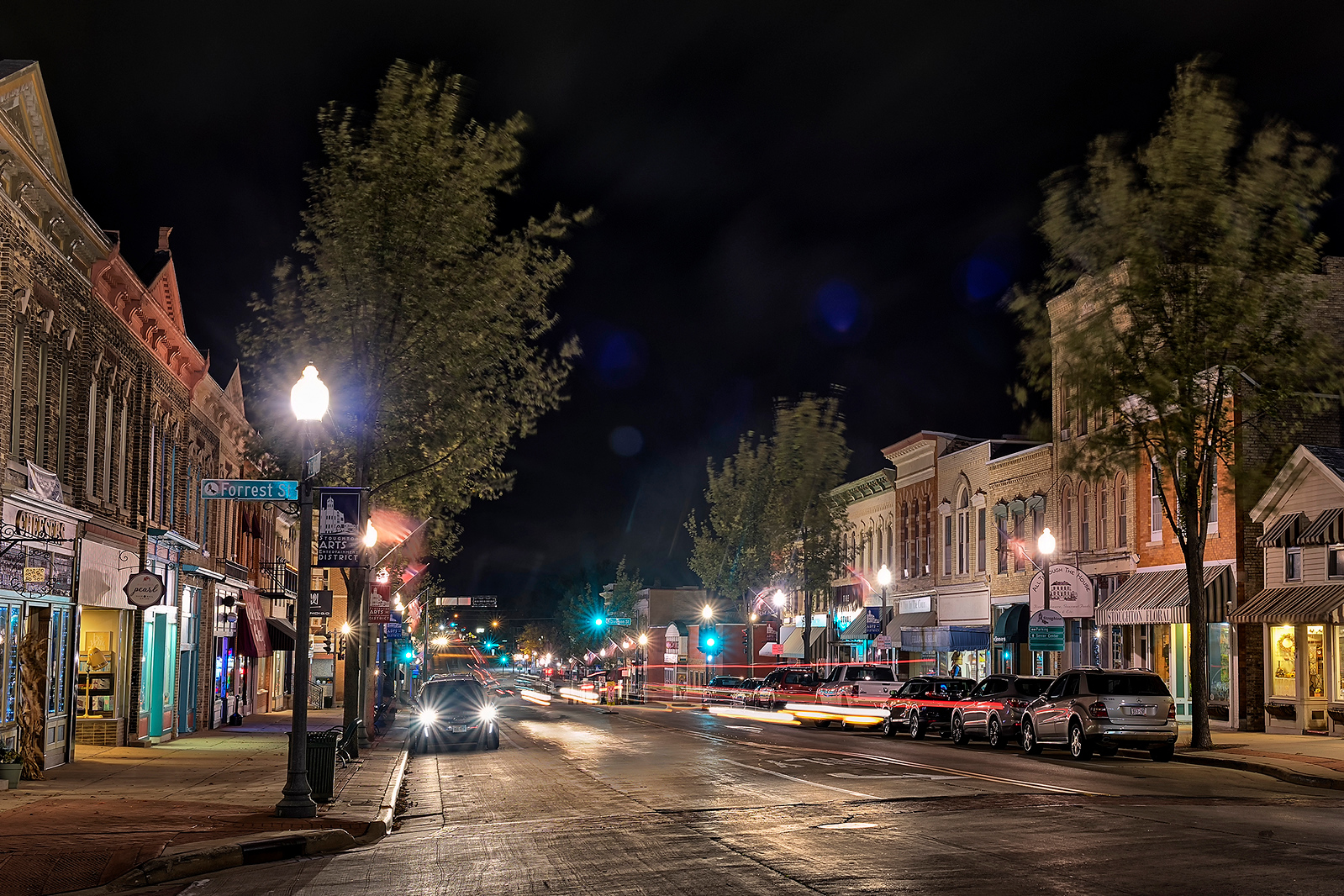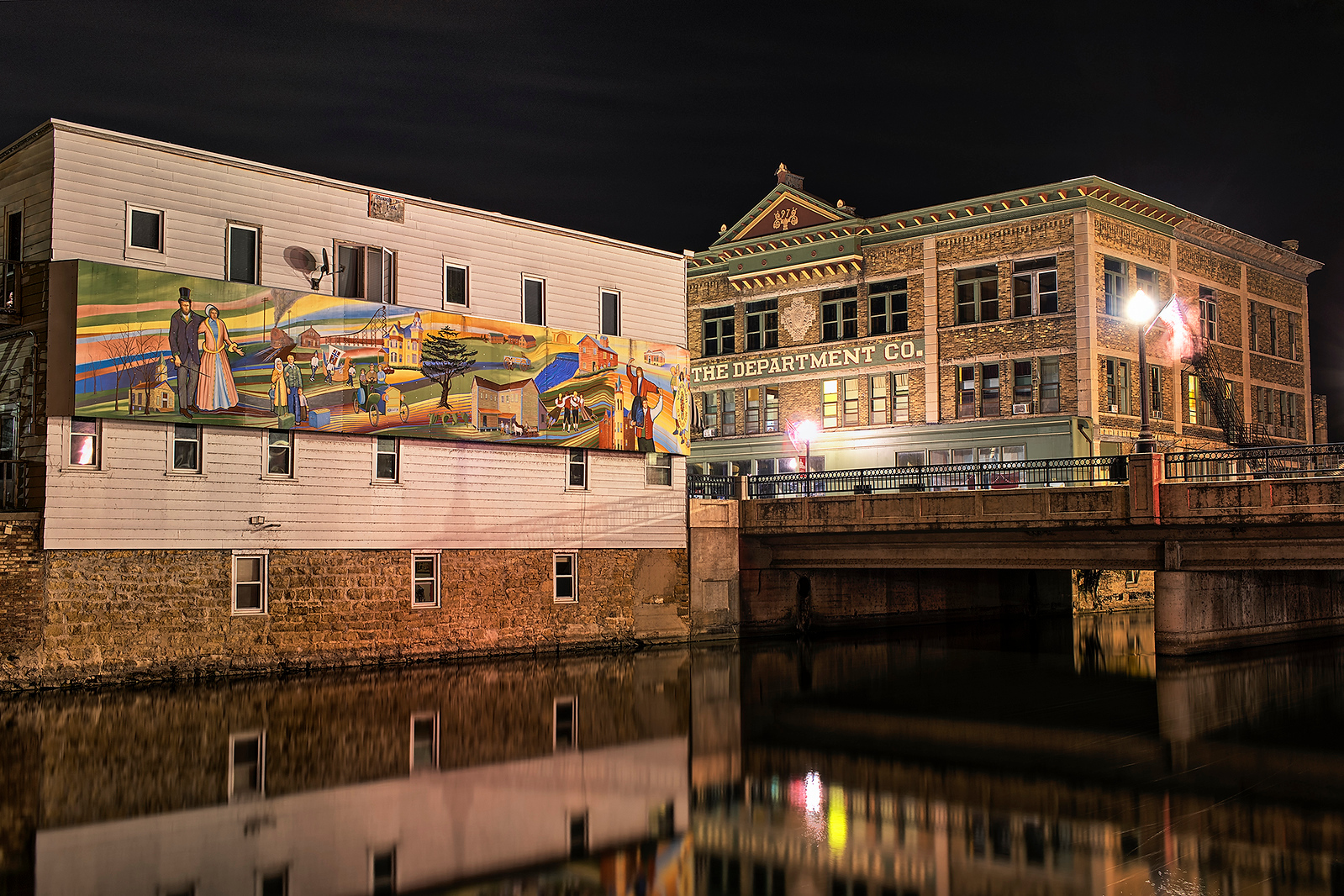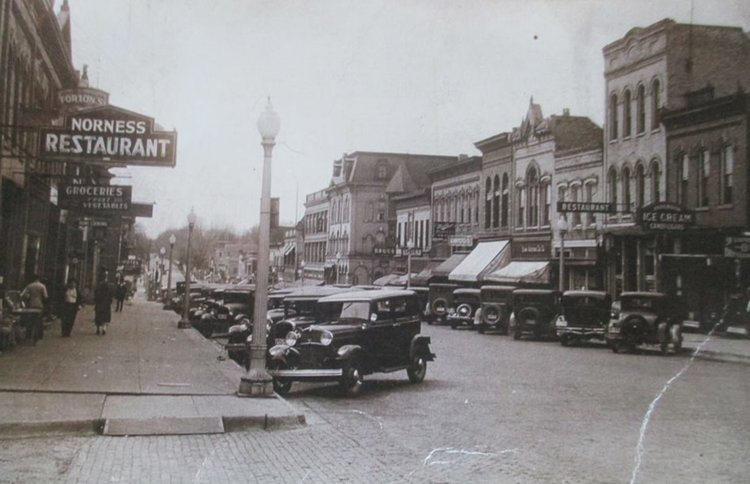History of Syttende Mai in Stoughton, WI
In the aftermath of the Napoleonic Wars, Norwegians gathered on May 17, 1814, in the small village of Eidsvoll to ratify their own constitution, which established Norway as an independent country. Norwegians throughout the world continue to celebrate May 17 as Syttende Mai, the Norwegian Constitution Day.
In Stoughton, the Syttende Mai festival is held on the weekend closest to May 17. From the late 1800s to the early 1900s, Stoughton enjoyed an influx of Norwegians and at one time, as many as 75 percent of its residents spoke Norwegian. These immigrants celebrated Syttende Mai unofficially, but it became an annual, city-wide tradition in the 1950s. In 1967, the Stoughton Chamber of Commerce took over the festival, and has planned the event each year since.
As many as 20,000 people attend the Syttende Mai festival each year to celebrate Norway’s National Day and Stoughton’s deep Norwegian roots. Today, Syttende Mai serves as a way to preserve the city’s Norwegian heritage and share its culture with a new generation.
History of Stoughton, Wisconsin
The community of Stoughton began when Luke Stoughton, a Vermont Yankee living in the Janesville area, purchased 800 acres of land nestled in a large bend of the Catfish River (now the Yahara), on July 3, 1847. He platted the town, built a dam, lumber mill, and general store, and began to publicize his community to relatives and friends. The village grew steadily, and in 1853, Luke Stoughton offered free land to the railroad if it would pass through Stoughton. The railroad's presence assured the city's future prosperity, and made the village a center for agriculture.
By 1868, when Stoughton became an incorporated village, the population had grown to 950, with most citizens being of Yankee descent. Most of the town lay between the river and the railroad tracks. The community's economic base was still agricultural. After the Civil War, however, a manufacturing economy began to develop, with T.G Mandt's Wagon Works being the most important industry. A second wagon works was opened, and by World War I, a total of over 800 men were employed. At the same time, leaf tobacco became the important local crop, with hundreds of people, many of them women, employed in the seventeen tobacco warehouses in town.
The principal source of labor for Stoughton's industries was the pool of Norwegian immigrants who arrived starting in the 1870's. Probably alerted to the availability of jobs by members of the well-established Norwegian farming community east of town, they arrived in great numbers and transformed Stoughton into one of the most Norwegian towns in the country. Over 75% of the town was of Norwegian descent by the turn of the century. The population swelled, and the years between 1885 and 1917 were boom years for Stoughton, with substantial growth in both commercial and residential districts. In 1882, Stoughton incorporated as a city.
The end of World War I marked the end of Stoughton's boom years. The emergence of automobiles and tractors brought about the demise of the wagon factories. Tobacco growing depleted the soil, and that industry collapsed. Then, after lean years in the 1920's and '30's, Stoughton experienced an economic upswing, as several major industries opened. Today, the city continues to thrive, and the population has grown to over 12,000 citizens.
Used with permission, Stoughton Landmarks Commission
stoughtonlandmarks.com

